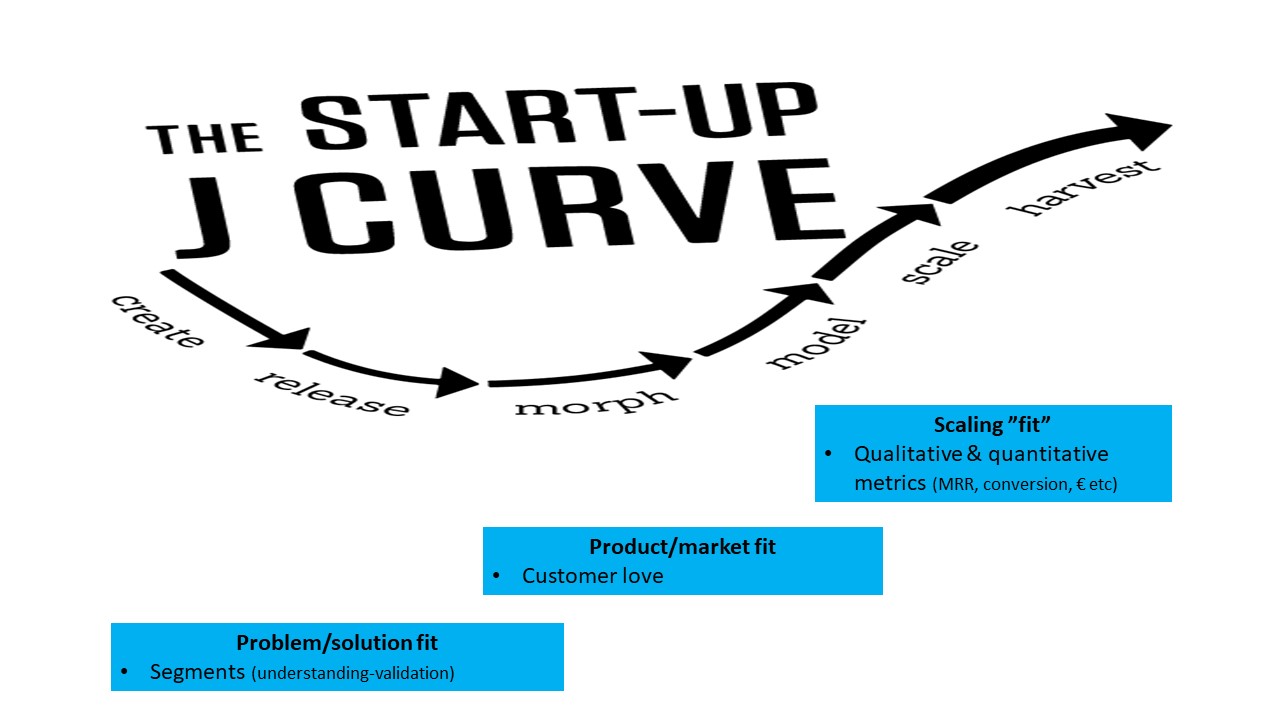A startup is like a newborn baby. The development of a baby always follows a certain sequence: learn to eat, get the digestion system going, then crawling, walking, talking, running, reading, writing etc. The first close to 20 years of a human life are spent on just learning the skills needed to be a real, adult human being. And it always happens in a certain sequence.
You don’t expect a 2 year old to be able to run a marathon, nor a 2nd grader to apply for a university.
Startups do follow a similar kind of a development. But that is poorly understood (or accepted), resulting in “2nd graders trying to get into a University, with the help of a rich dad” – in startup parlance known as “premature scaling” (usually fuelled by foie gras funding).
Human babies and startups alike should focus on developing skills that kids of their age are meant to. Even Wunderkinds who have special skills and are faster learners than most have to follow the same sequence, they may just advance faster. “The Startup J Curve” by Howard Love defines a 6 stage development process a startup has to go through, in sequence, to make it to the finish line. A brief summary of the stages can be found here
https://www.startupgrind.com/blog/the-startup-j-curve/

Every startup should identify their place on that curve, and understand what should and SHOULD NOT be on their priority agenda while at that stage. And when are they ready to move to the next stage.
One way to look at the stages is as a startup Founder to do list:
- Provide evidence that there is a real business opportunity with real problem worth to solve. (problem/solution fit)
- Provide evidence that a) you can build a product that does the job (product) b) you can find a market segment that loves your product (market). (product/market fit)
- Provide evidence that you can build meaningful business. (business model)
- Provide evidence that your business is scalable. (ready to scale)
You should move to the next item on the list only when you have ticked the previous off. And expect to do a lot of iterations – one step forward, half a step back. Sometimes all the way back to square 1.
